According to statistics from the Foreign Investment Agency - Ministry of Planning and Investment, as of the end of June this year, total foreign direct investment in Vietnam reached 15.2 billion USD, up 13.1% over the same period last year. Vietnam is also facing the opportunity to welcome the fourth wave of FDI, focusing on high-tech fields such as semiconductors, electronics, and renewable energy.
In the context of abundant FDI capital, some real estate segments have had outstanding growth, including serviced apartments and industrial real estate.
Serviced apartment segment in Hanoi has stable demand thanks to FDI
According to Savills' first half 2024 report, the supply of serviced apartments in the second quarter of 2024 reached 6,096 units, an increase of 0.3% compared to Q1/2024. The occupancy rate reached 83%. The average rental price of this housing product also reached a better level, at VND 601,000/m2/month, an increase of 4% quarter-on-quarter and 5% year-on-year.

Industrial real estate and serviced apartments benefit from the FDI boom. (Photo: ST)
Currently, two-bedroom apartments account for 58% and 53% of the demand for serviced apartments in the central area and other areas, respectively. Meanwhile, most tenants in the West prefer small apartments, such as studios or one-bedrooms.
Assessing the impact of FDI capital on the serviced apartment market, Mr. Matthew Powell, Director of Savills Hanoi said: Foreign capital flowing into Vietnam has attracted many international experts to work, creating a key customer segment for the serviced apartment market. They often choose to rent serviced apartments managed and operated by international units, meeting many requirements for service quality.
Infrastructure development is also a factor that plays a big role in increasing the attractiveness of the serviced apartment segment. According to Savills' report, Hanoi plans to accelerate the implementation of key projects, including: Thuong Cat Bridge, Van Phuc Bridge across the Red River, the eastern access road of Phap Van - Cau Gie Expressway and the My Dinh - Ba Sao - Bai Dinh connecting road.
These routes are expected to help reduce travel time from the center of Hanoi - where many serviced apartments are concentrated - to neighboring industrial parks.
Potential of Industrial Real Estate before the 4th FDI wave
According to the announcement of the Foreign Investment Agency on the situation of foreign capital attraction in the first 6 months of 2024, up to 70.4% of total FDI capital is concentrated in the processing and manufacturing industry. At the same time, Vietnam is facing the opportunity to welcome the fourth wave of FDI.
This wave of FDI may focus on high-tech sectors such as electronics, semiconductors, artificial intelligence and renewable energy. The development of these sectors directly impacts industrial real estate thanks to the increased demand for factories that meet infrastructure and service requirements.

Savills experts commented: The biggest problem that industrial parks are currently facing is energy. (Photo. ST)
The need for investors to diversify their supply chains in the context of locating factories in China is no longer the optimal choice in terms of cost, which has also helped Vietnam become a destination that many investors consider. Recently, Nvidia Corporation from the United States committed to turning Vietnam into a new technology center with a deal worth 200 million USD; or Hana Micron from Korea and Intel with projects of up to billions of USD.
In terms of development areas, according to data from the Foreign Investment Agency, Bac Ninh is still a favorite destination for investors with a total registered investment capital of 2.58 billion, accounting for 17% of the country's total. In second place is Ba Ria - Vung Tau with 1.54 billion USD, and Quang Ninh is in third place with 1.36 billion USD. Followed by Hanoi, Hai Phong, and Ho Chi Minh City.
However, to continue to maintain investment attraction in the coming time, many difficulties still need to be solved. Mr. Thomas Rooney - Senior Manager, Industrial Real Estate Department at Savills, Hanoi shared: The biggest problem that industrial parks are currently facing is energy. Some investors require large energy levels, up to 10-30 megawatts. This is a number that is quite difficult to meet for industrial parks at the present time.
To soon overcome the problem of power transmission, the Government has planned to implement the Thermal Power Plant project in Quynh Lap commune, Nghe An province, with a capacity of 1,500 megawatts, expected to operate in 2029-2030. These are remarkable efforts to maintain the attractiveness of the Vietnamese market to foreign investors.
In addition, Mr. Thomas also shared that industrial parks need to pay attention to green trends to increase their attractiveness to investors: Developing green industrial parks is a trend not only in Vietnam but also globally. Therefore, more and more investors are focusing on the circular economy. Vietnam aims to achieve net zero emissions by 2050.
"Therefore, the demand for green industrial real estate comes not only from sustainable development in the manufacturing industry but also from the Government's requirements. The biggest obstacle now is probably financial issues and Government regulations. However, investors will certainly cooperate to solve them in the future," the Savills expert emphasized.
Based on primary data from working with clients, Mr. Thomas estimates that about 80% - 85% of foreign investors have ESG standards requirements. At the same time, Vietnam is adapting to this trend.
According to data from the Ministry of Planning and Investment, by 2030, about 40% - 50% of provinces and cities nationwide will plan to convert existing industrial parks into eco-industrial parks, and 8% - 10% of provinces and cities will have plans to build new eco-industrial parks.
Source: https://www.congluan.vn/bat-dong-san-cong-nghiep-can-ho-dich-vu-huong-ke-loi-ich-tu-su-bung-no-fdi-post305372.html


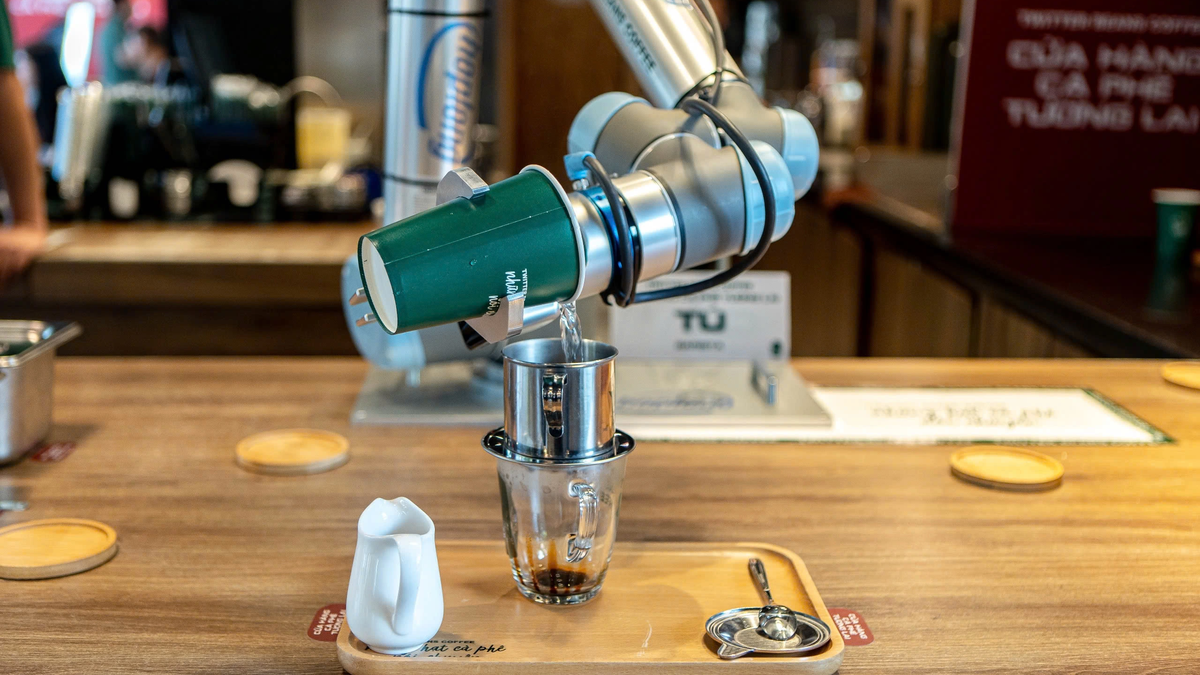
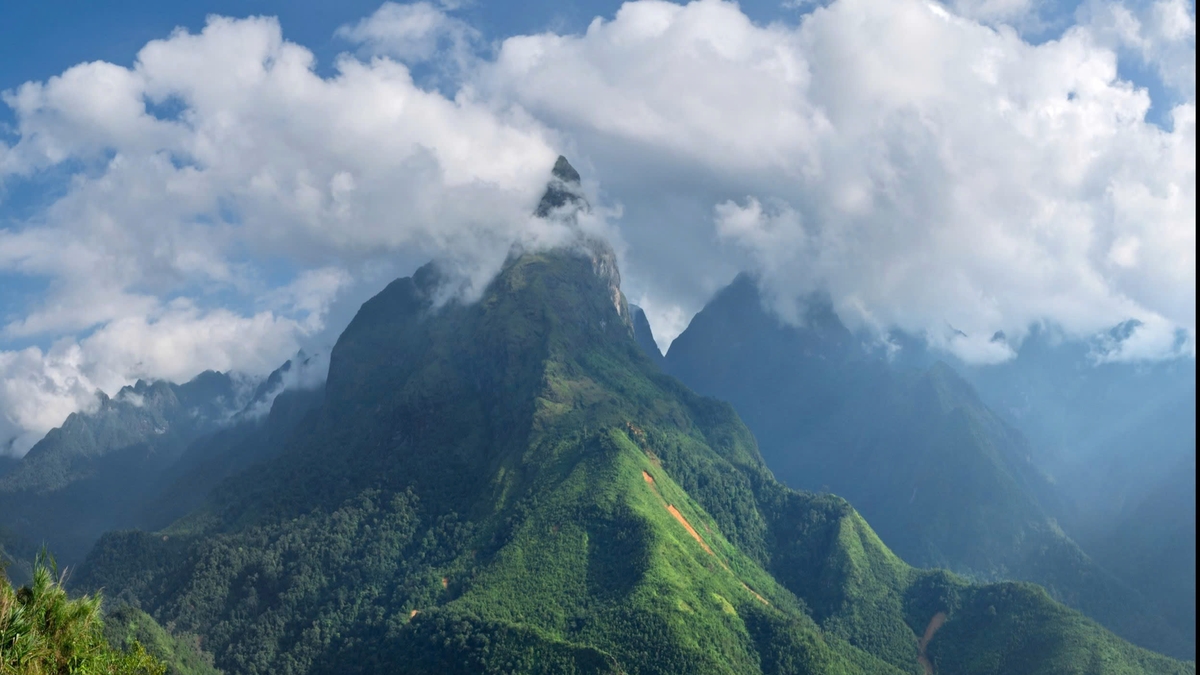
![[Photo] General Secretary To Lam receives Sri Lankan President Anura Kumara Dissanayaka](https://vphoto.vietnam.vn/thumb/1200x675/vietnam/resource/IMAGE/2025/5/4/75feee4ea0c14825819a8b7ad25518d8)
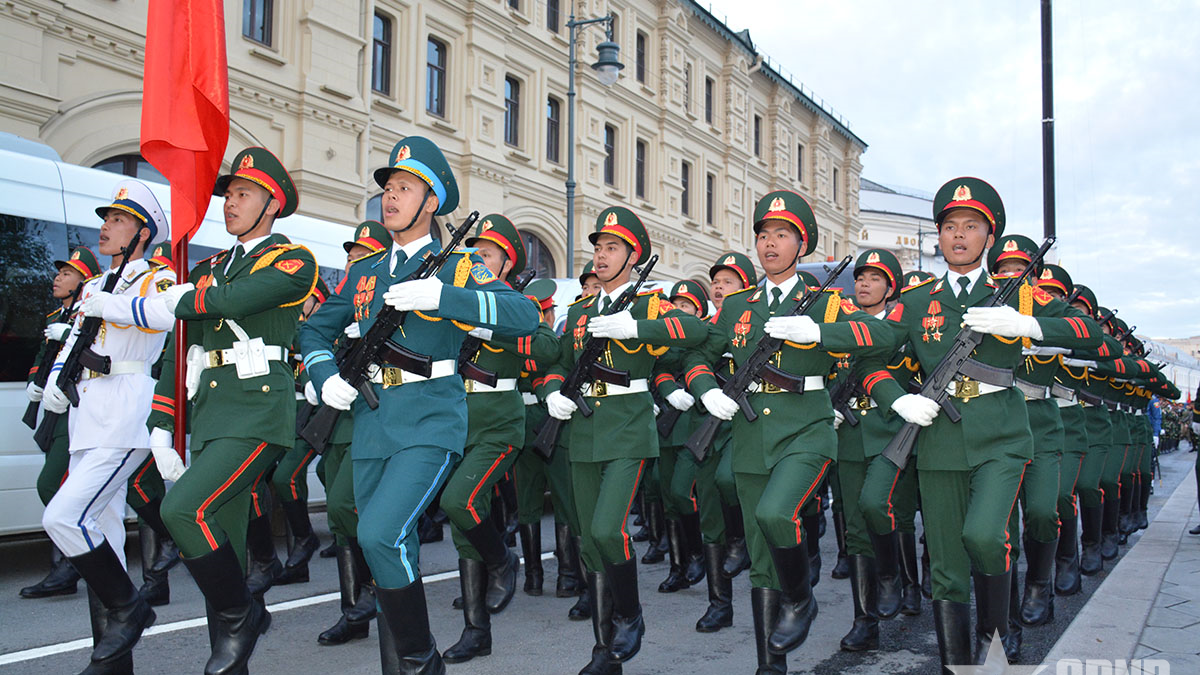
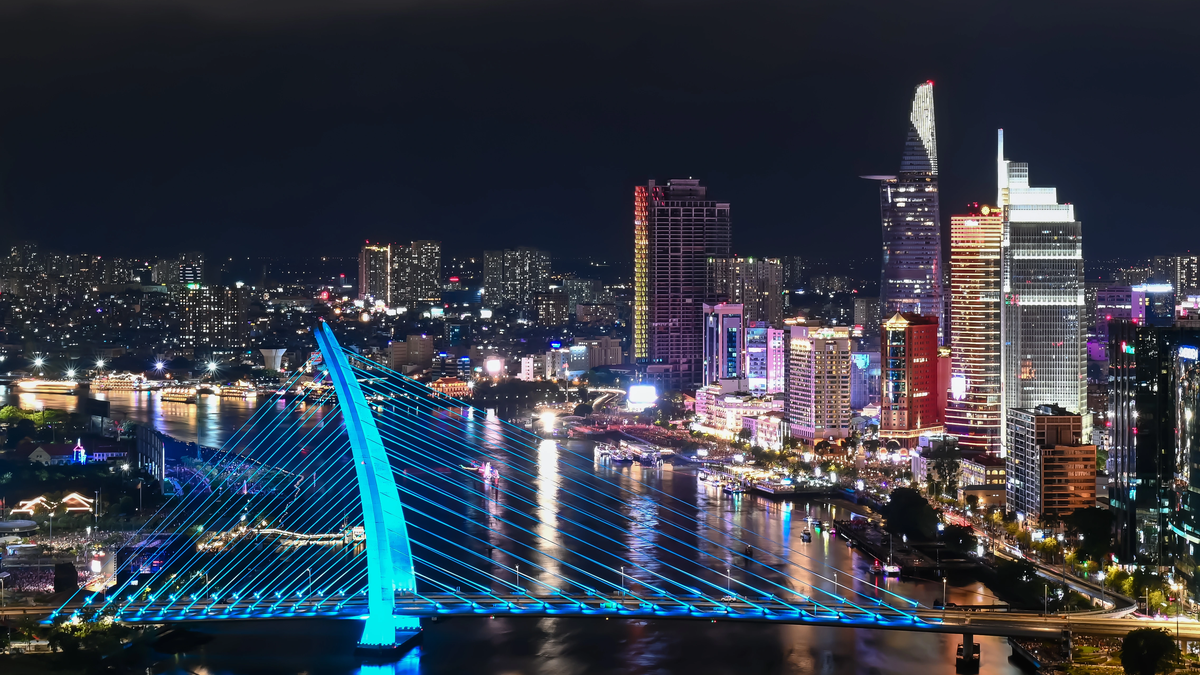
![[Photo] Vietnam shines at Paris International Fair 2025 with cultural and culinary colors](https://vphoto.vietnam.vn/thumb/1200x675/vietnam/resource/IMAGE/2025/5/4/74b16c2a197a42eb97597414009d4eb8)


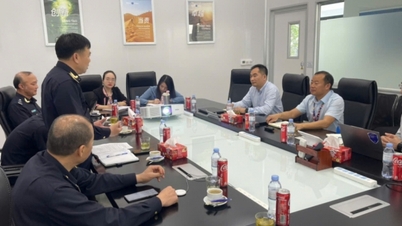

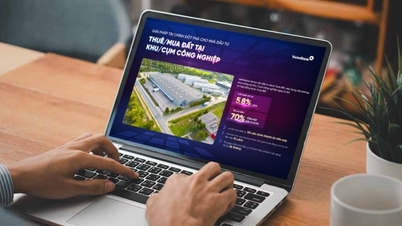




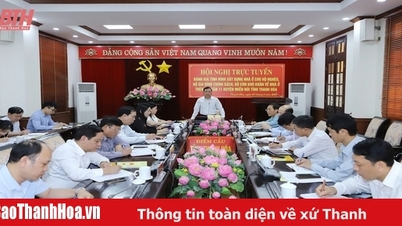
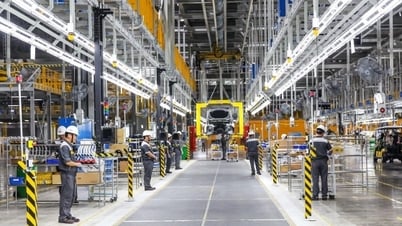
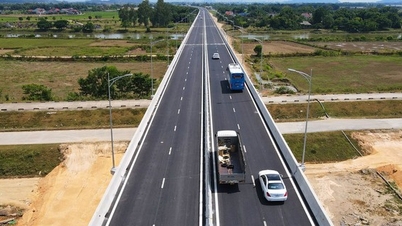
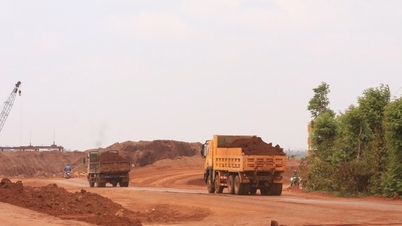


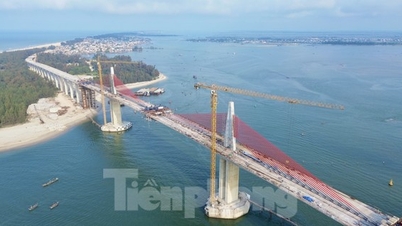


















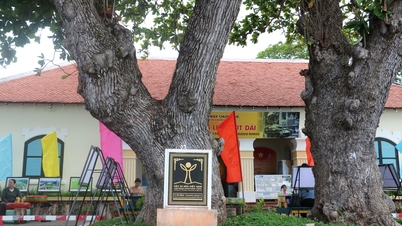

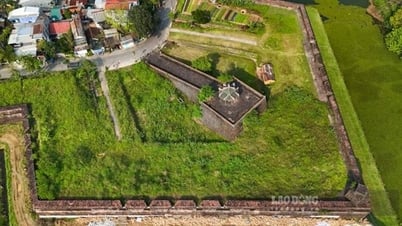




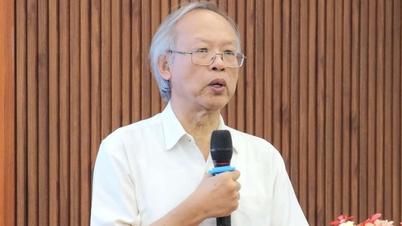

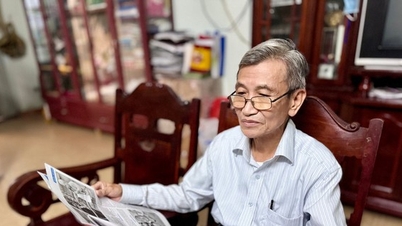
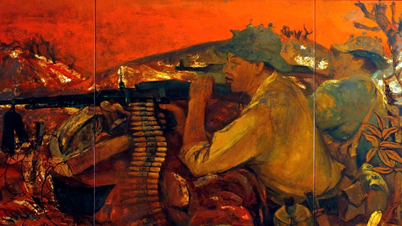



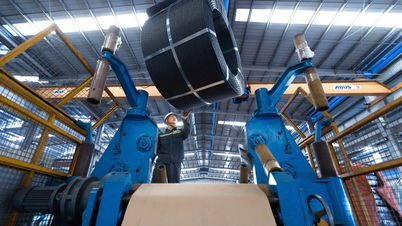

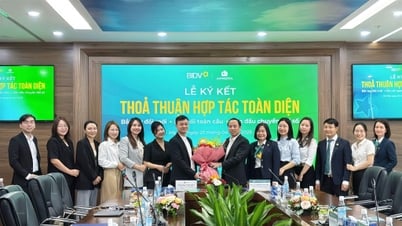

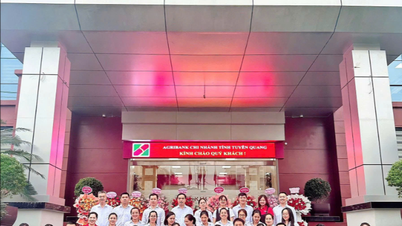


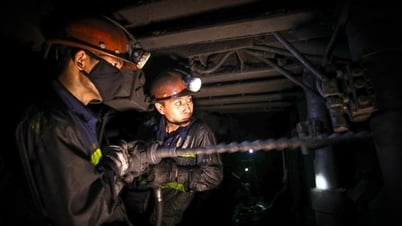




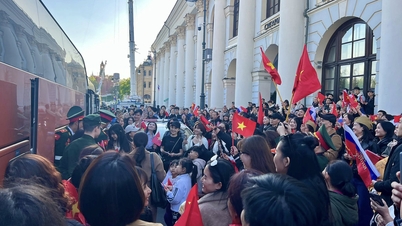
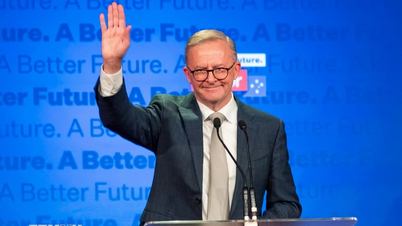

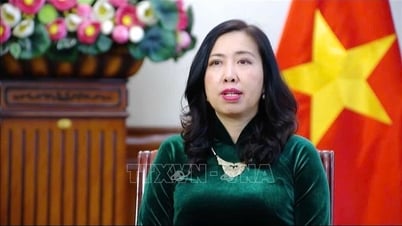




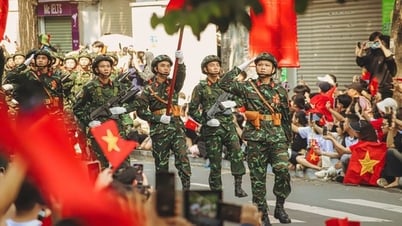


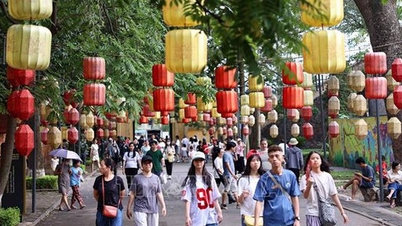









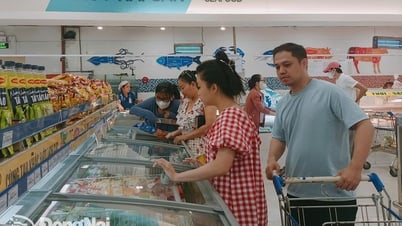



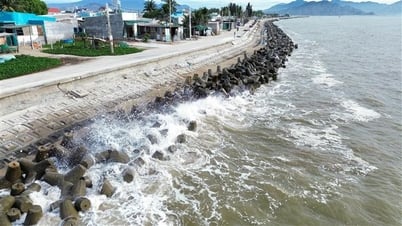





![[Video]. Building OCOP products based on local strengths](https://vphoto.vietnam.vn/thumb/402x226/vietnam/resource/IMAGE/2025/5/3/61677e8b3a364110b271e7b15ed91b3f)




Comment (0)